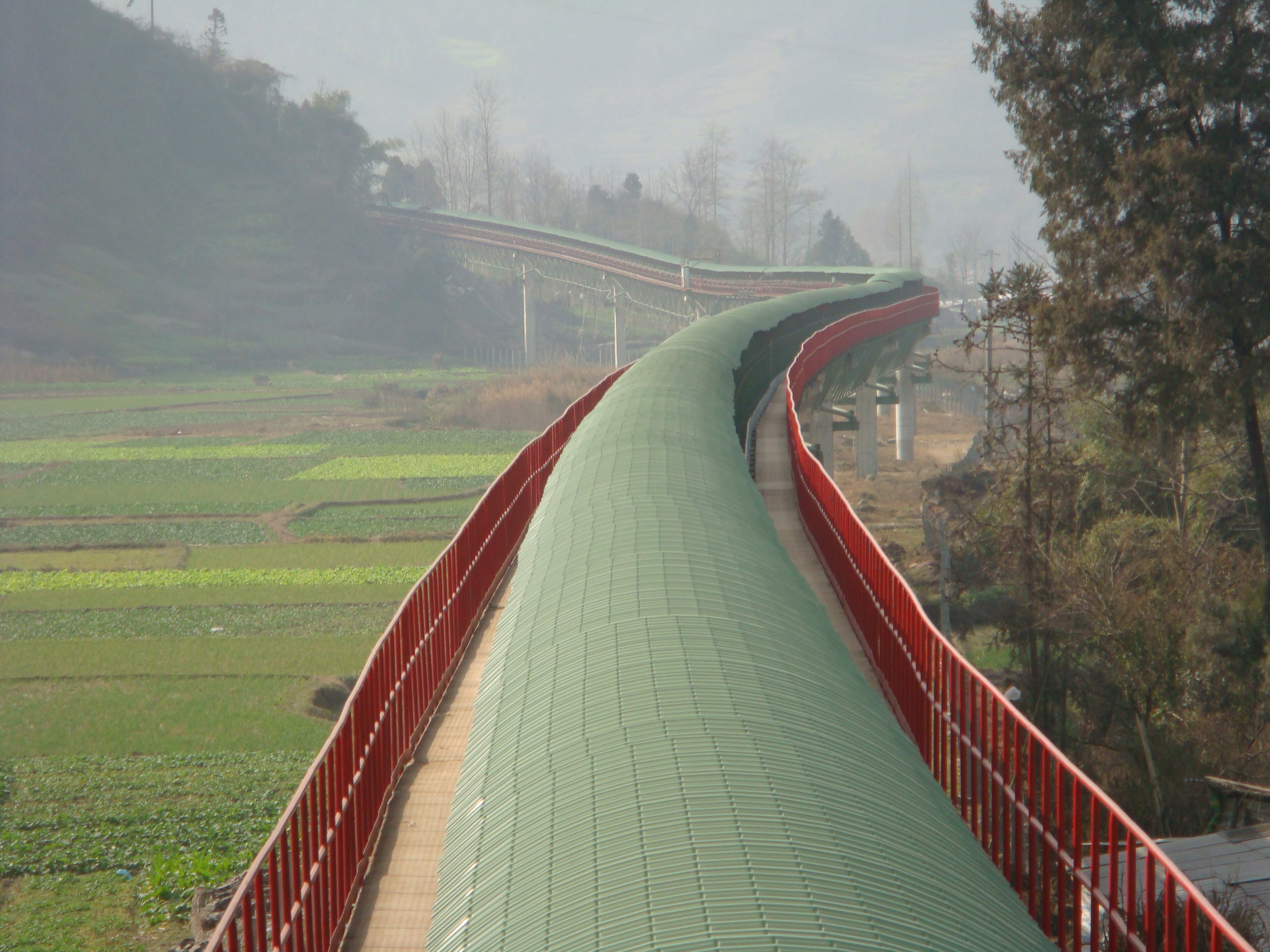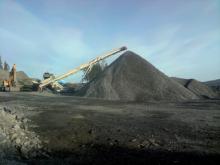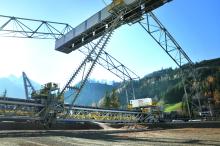
Automation of materials handing on site is helping to improve safety and reduce costs.
Advances in computer technology and control systems has significantly changed the way quarries are operated with central control rooms to manage almost every aspect of the work. From such hubs, the quarry's management team can monitor and control conveyors, crushers, screens, blenders and dispatch system with the touch of a button.
Introduction of such systems has not only improved productivity in quarries, it has also significantly advanced safety by reducing human contact with the equipment. With automation now spreading to mobile equipment with screens and crushers now being linked to operate as one system, the benefits are now spreading to smaller sites.
"More people are moving into using automated handling," explained
When it comes to maintenance, this central shut down facility means that parts of the plant cannot be accidentally reactivated while work is still underway.
Blending of the aggregate products and dispatch straight into waiting trucks or train wagons can also be linked into modern automation systems to give accurate loading and dispatch.
Terrain management
Transporting 2000tonnes of limestone through bamboo woodland and floods is a task that Germany-based Baumer was recently tasked with in China.
The €5million project for
The belt length for the 12.6km long belt conveyor amounts to 25 kilometres. The belt had to be vulcanised in 56 areas. The belt width is 1.2m with a strength of 2,800N/mm.
In addition to the eight horizontal curves, the belt conveyor passes the terrain in 28 vertical curves. In order to control the tractive forces of the belt in the six descending and six ascending sections, the system is operated with special drive units and a










